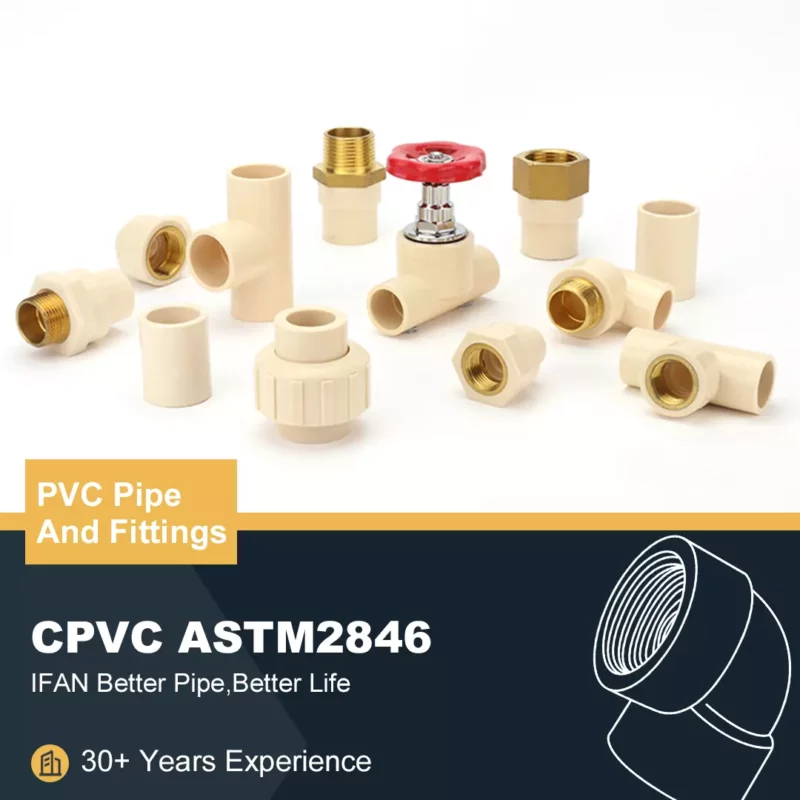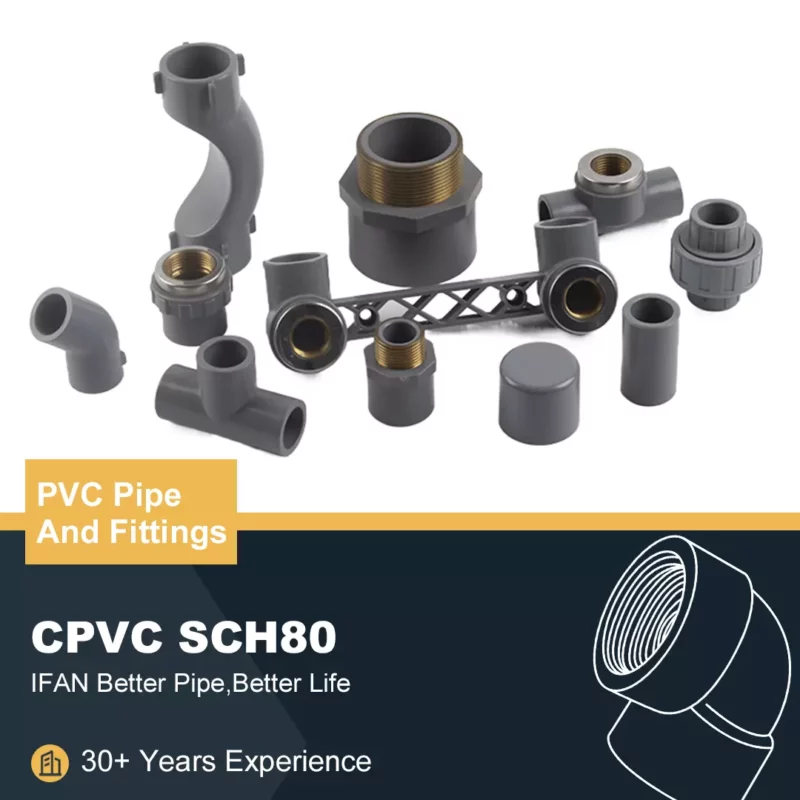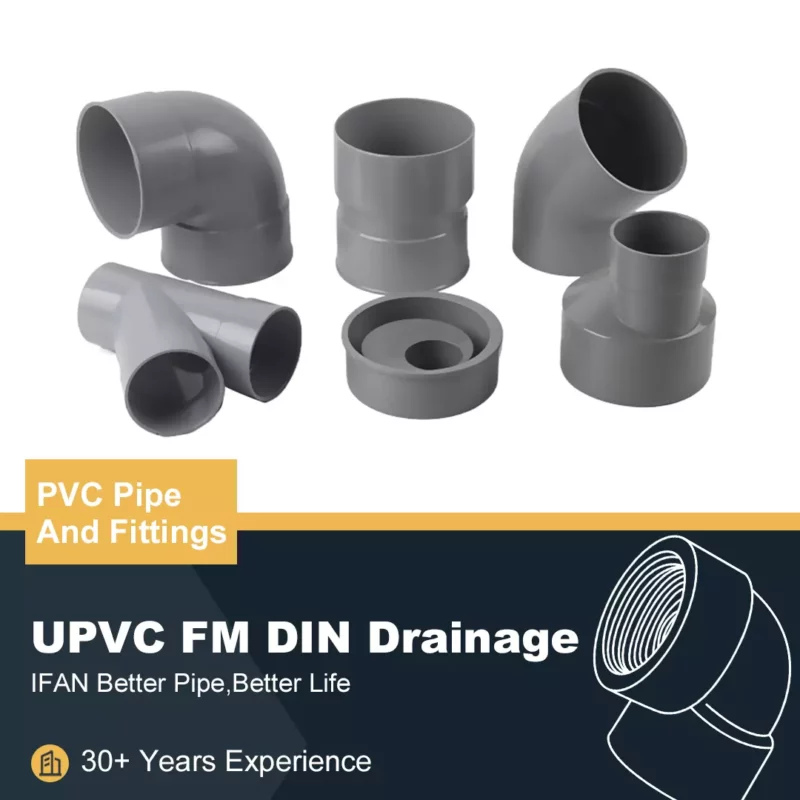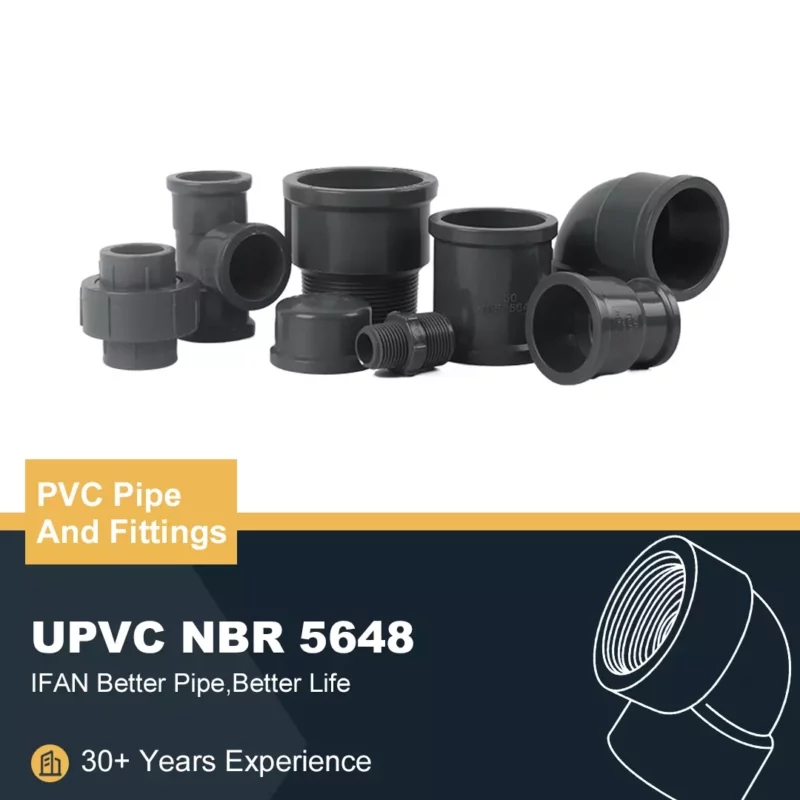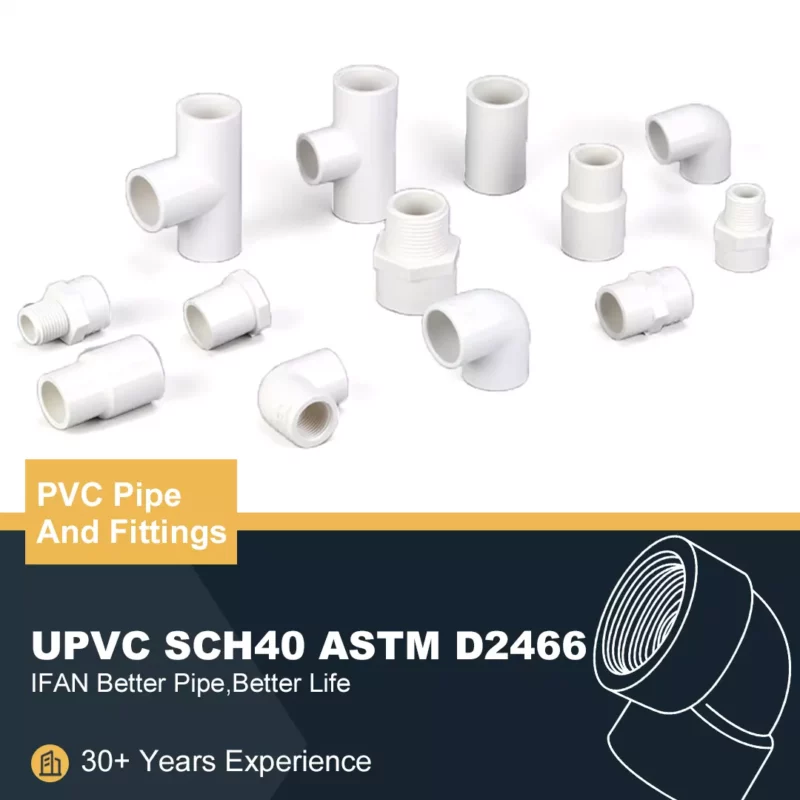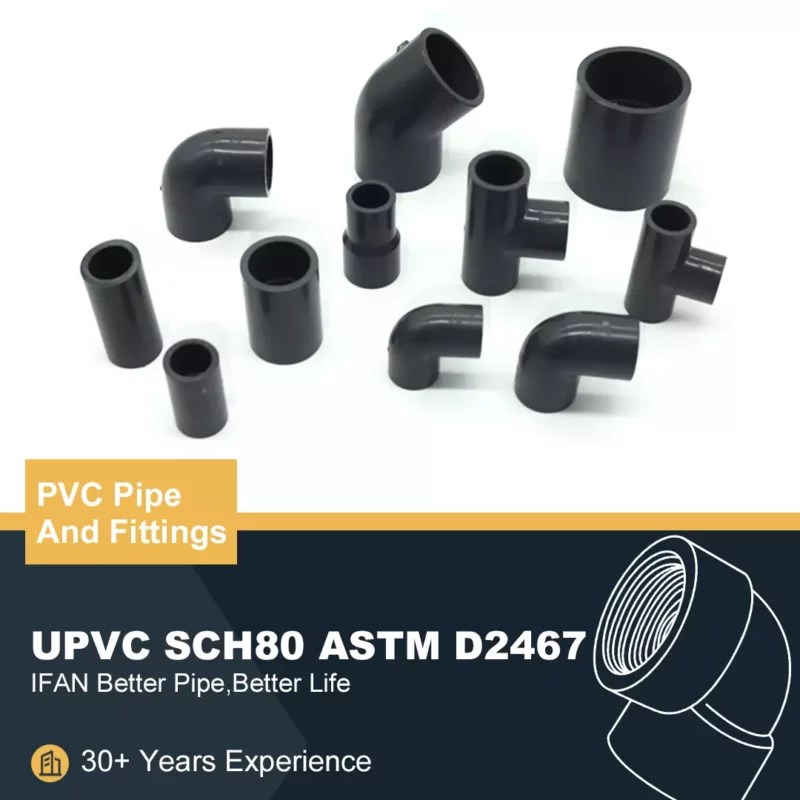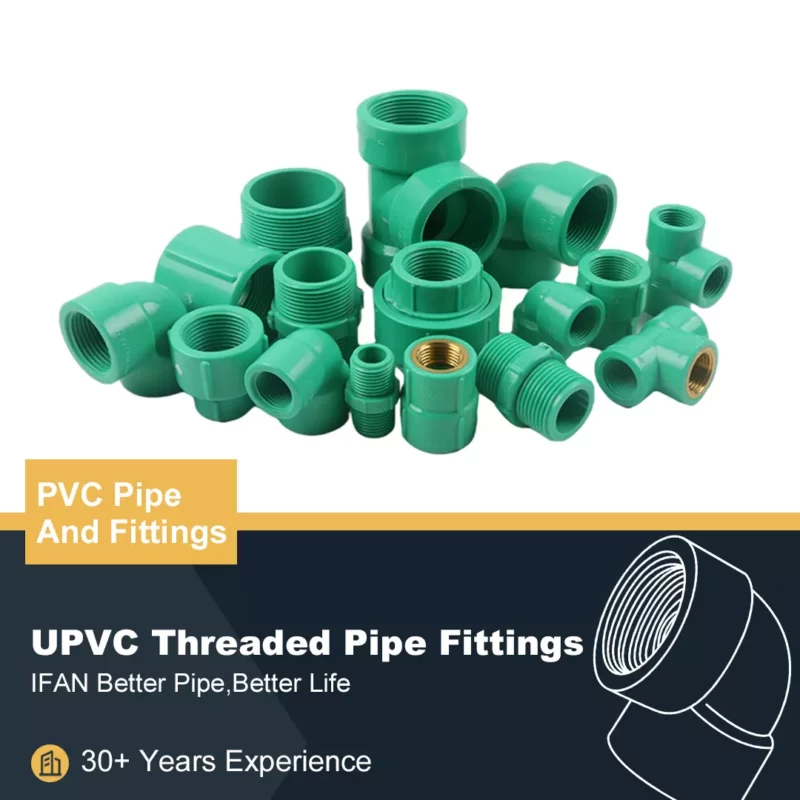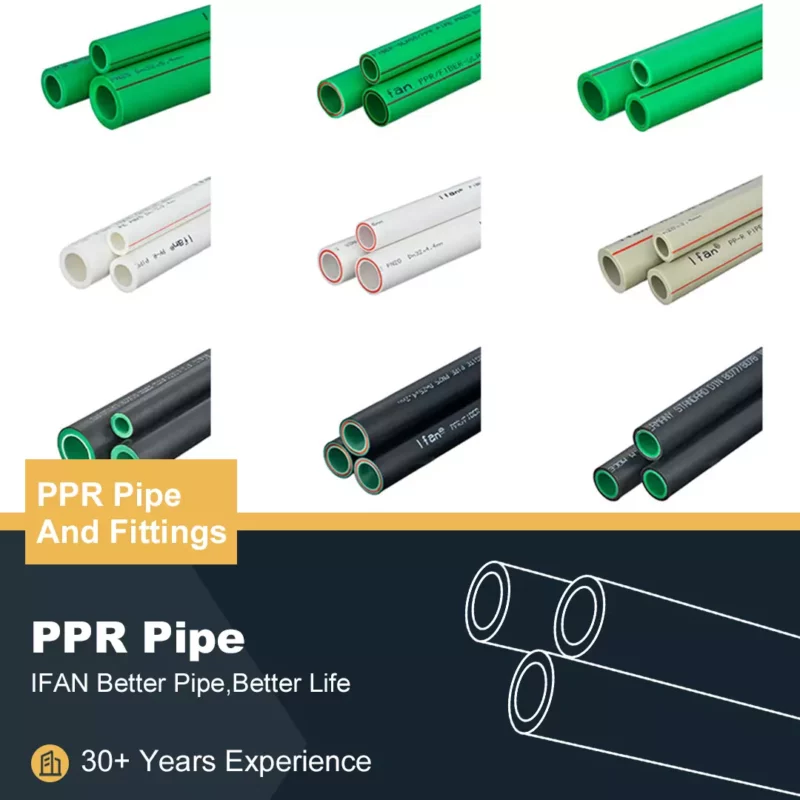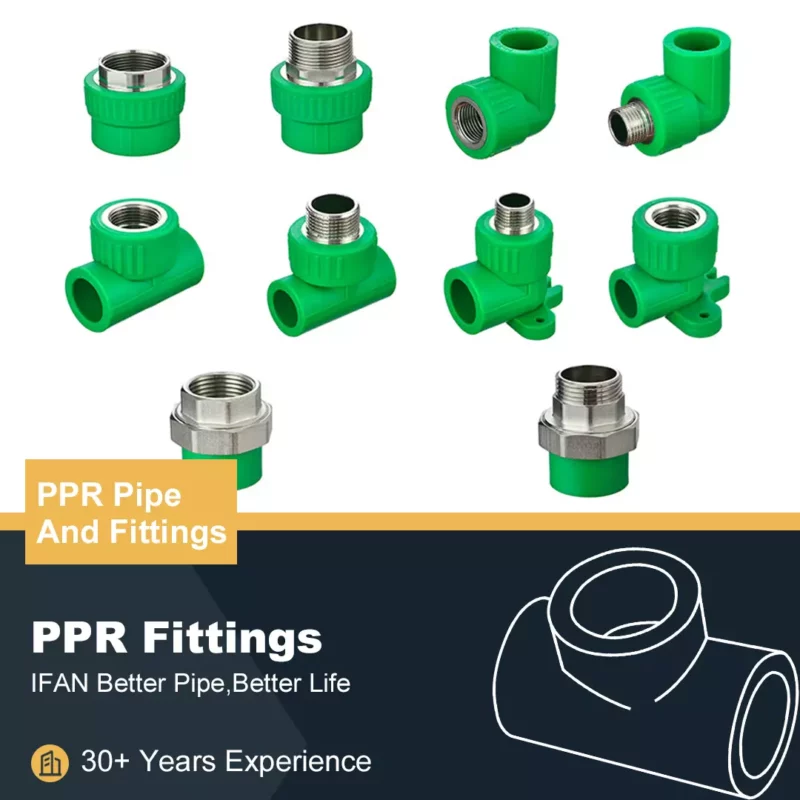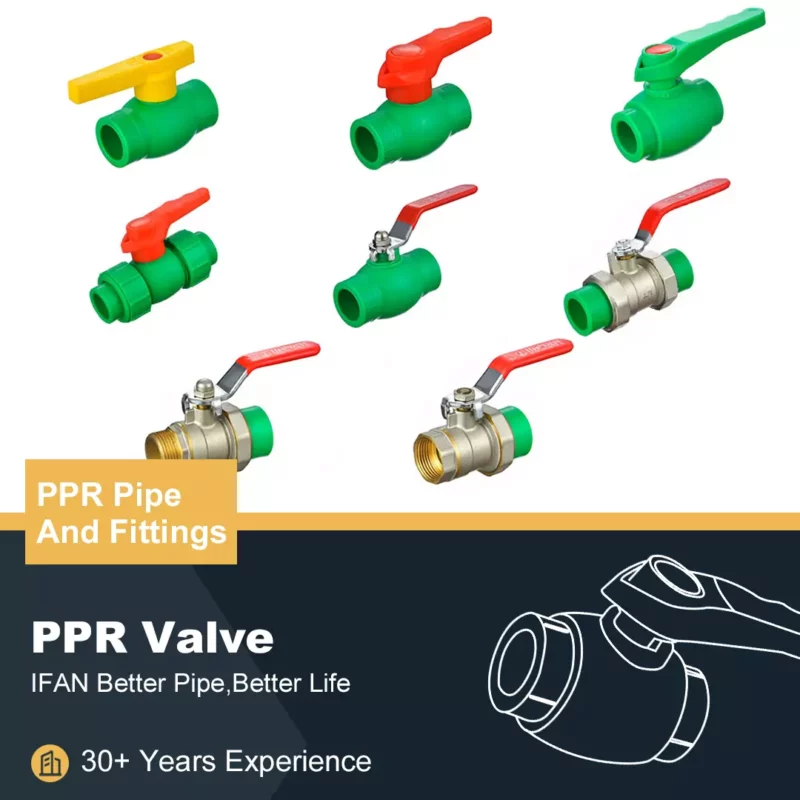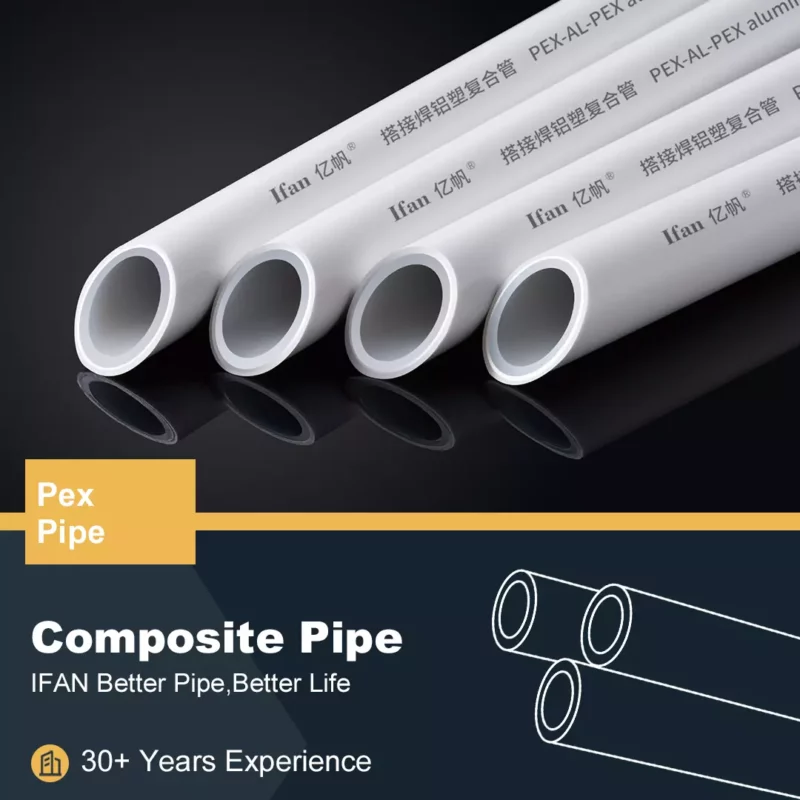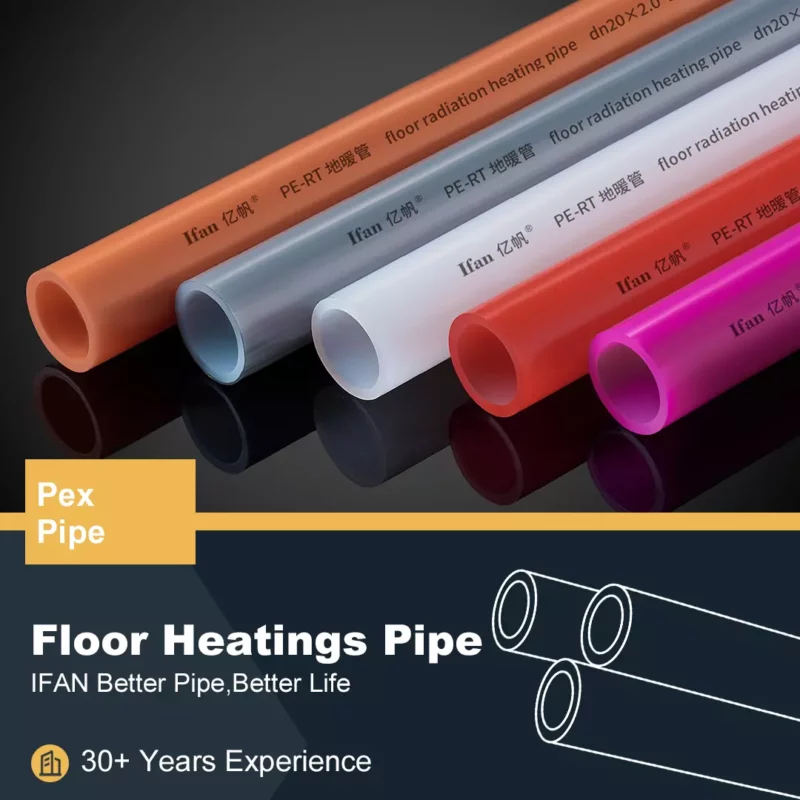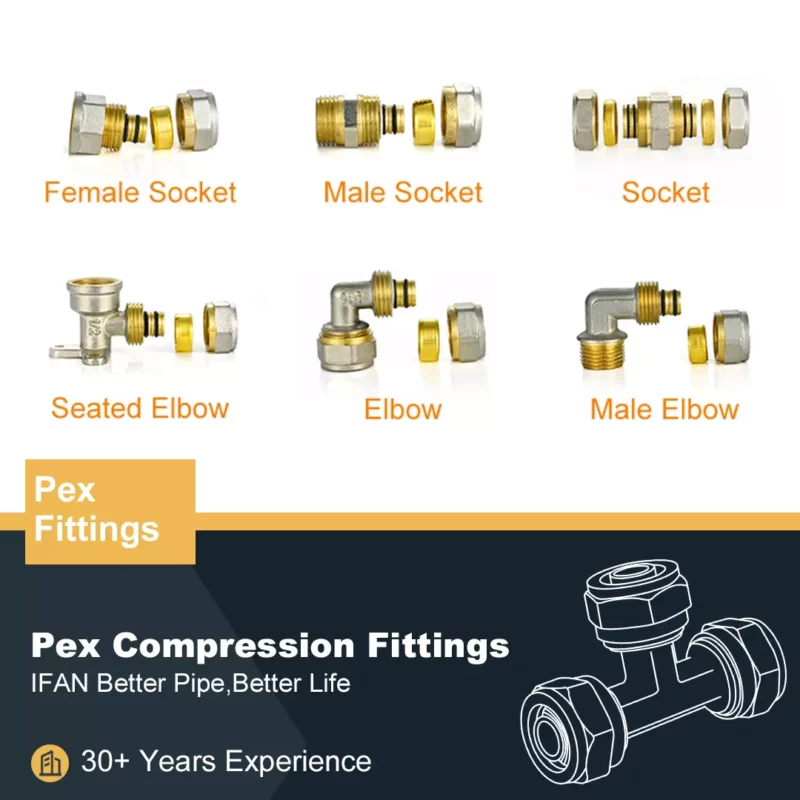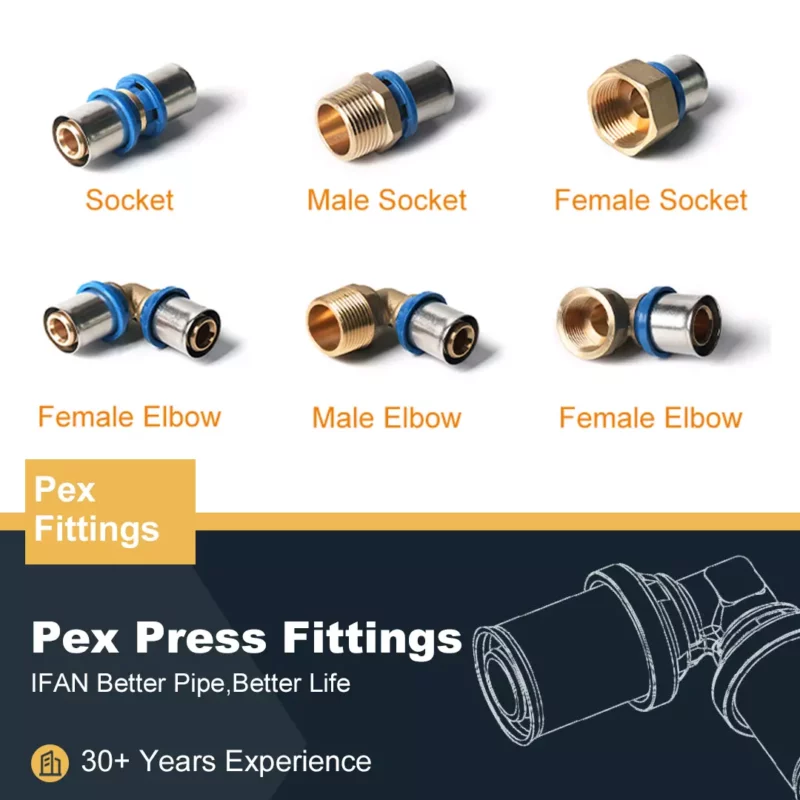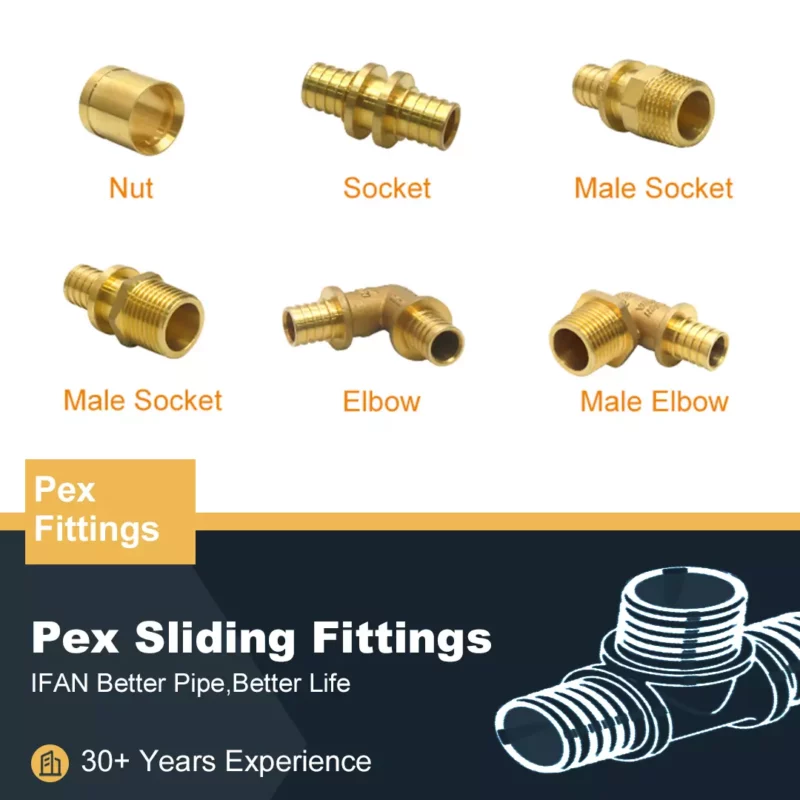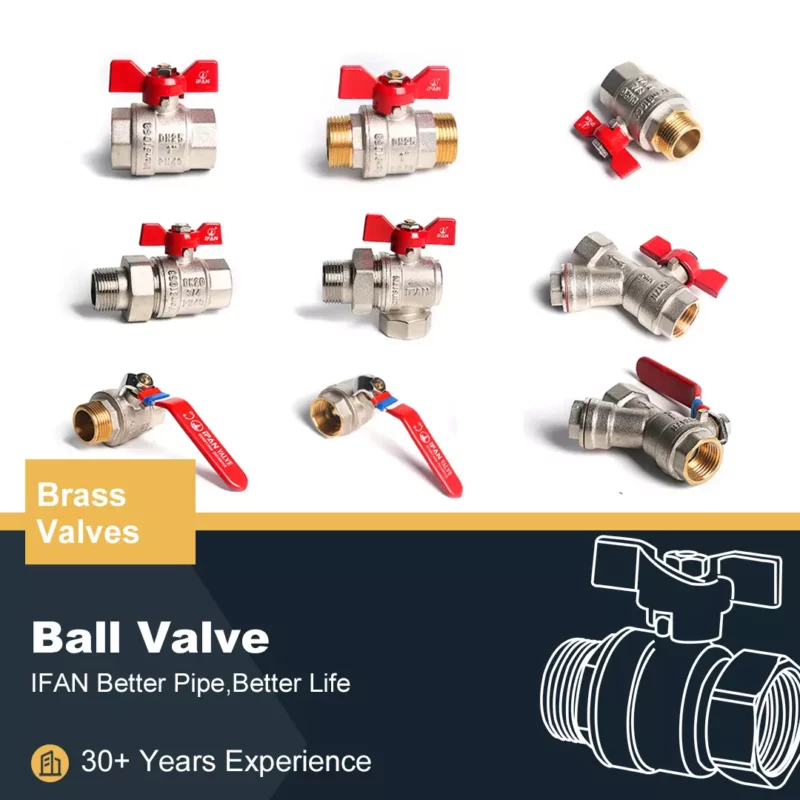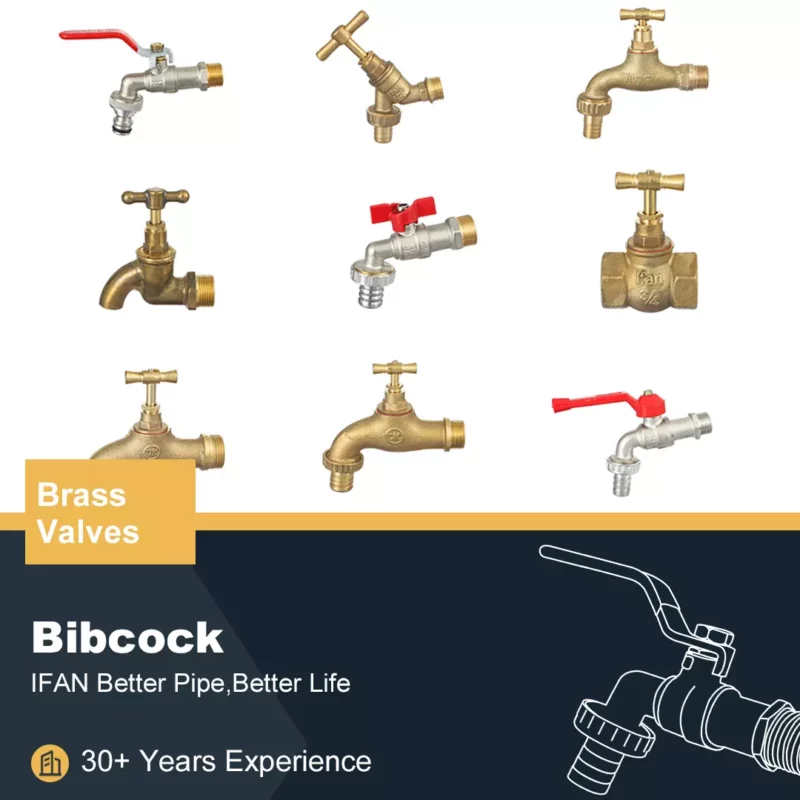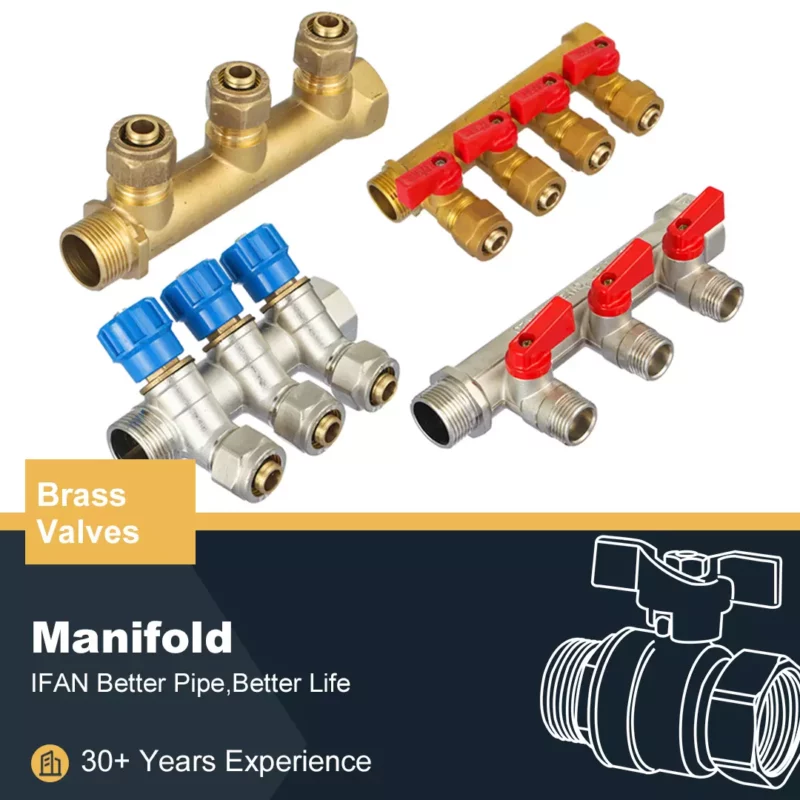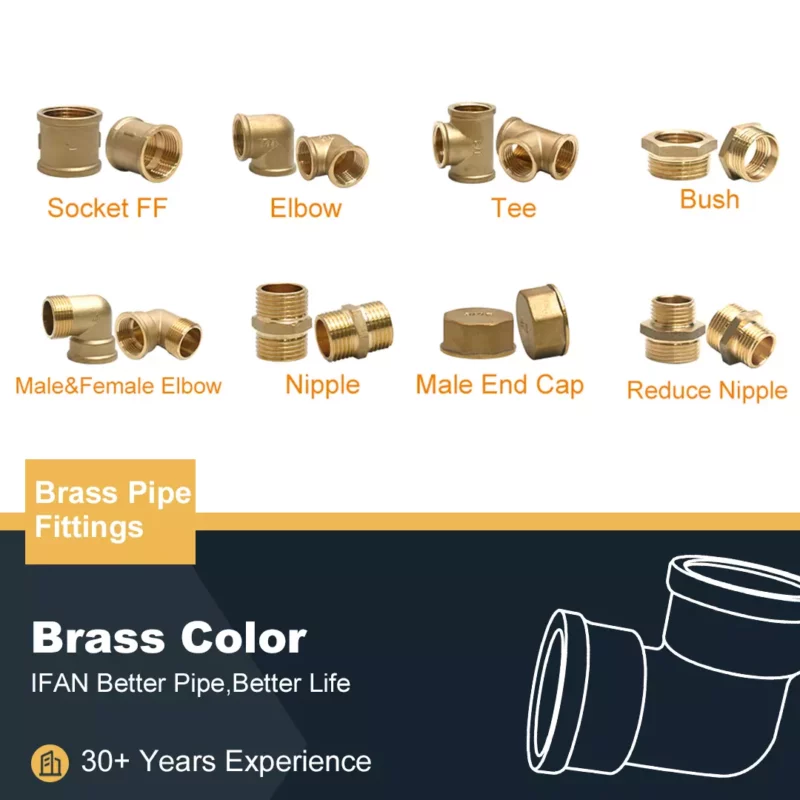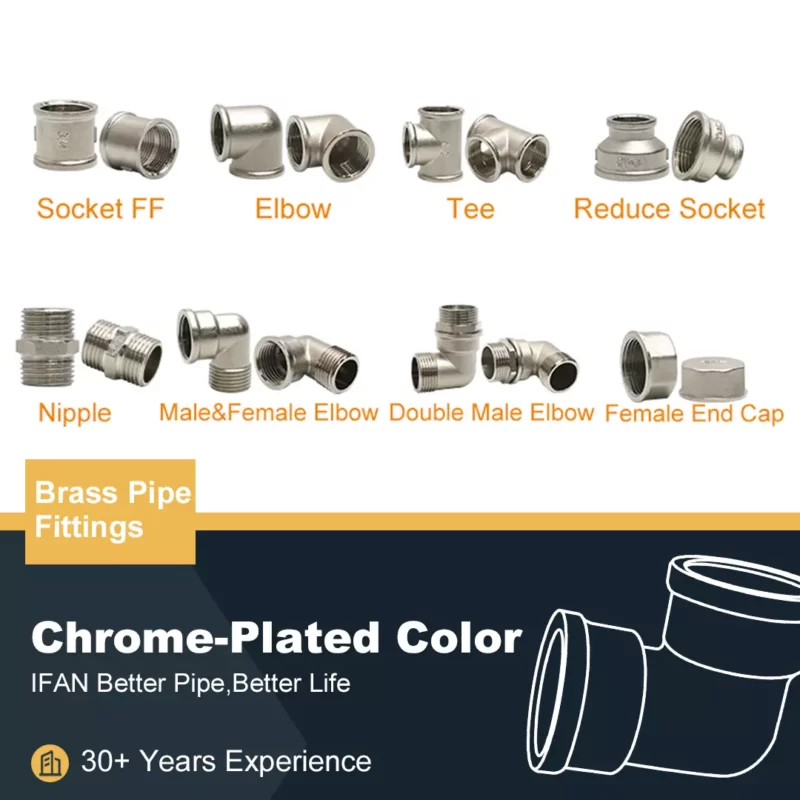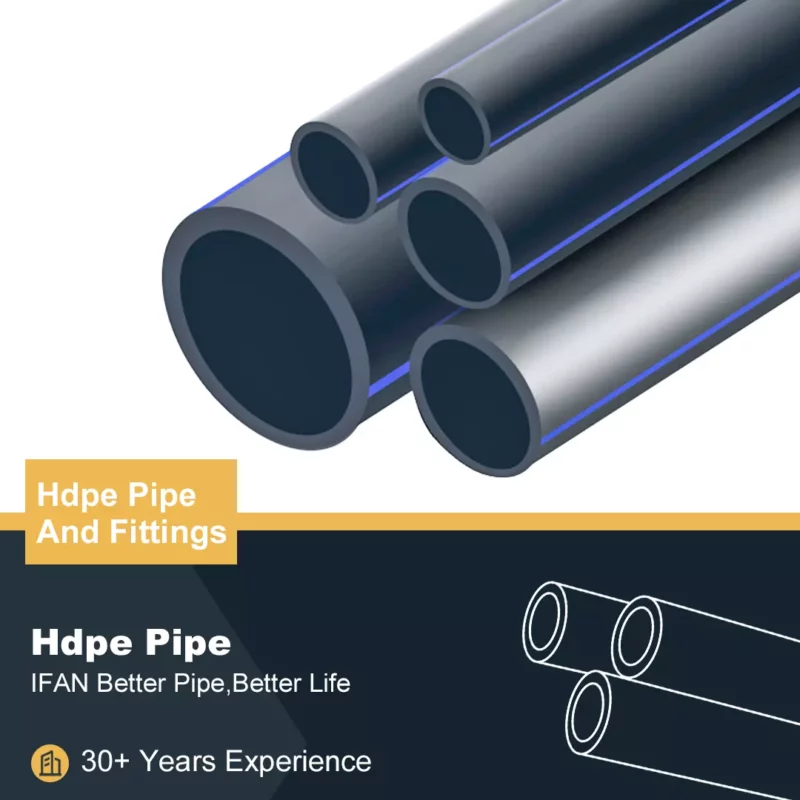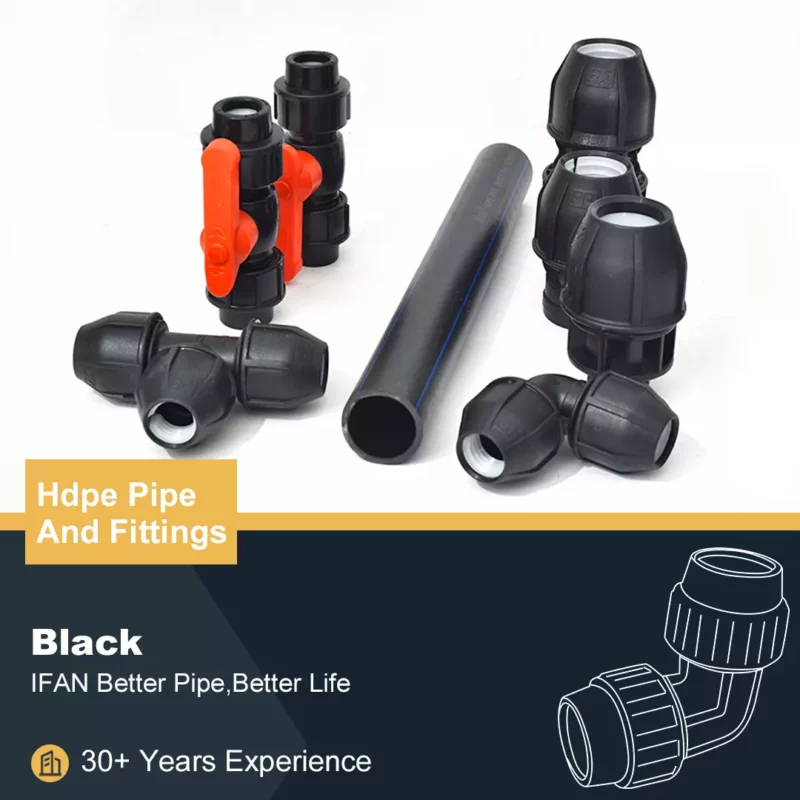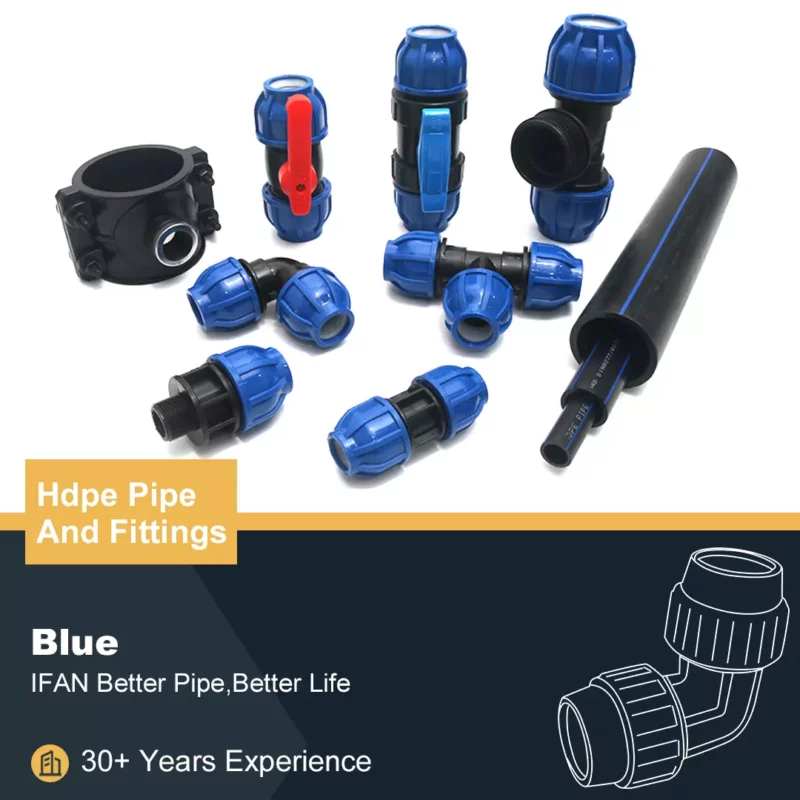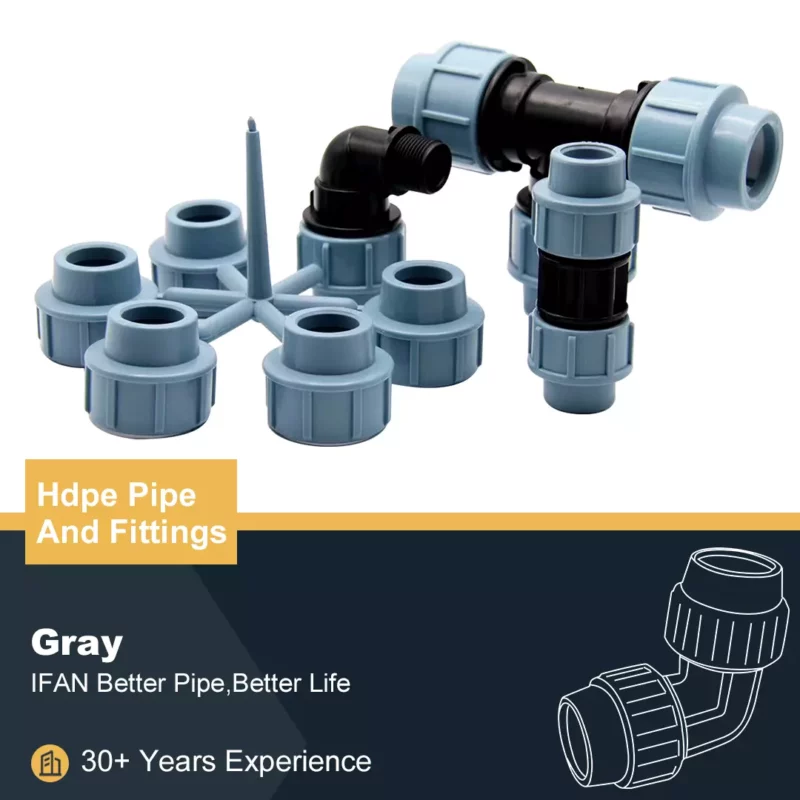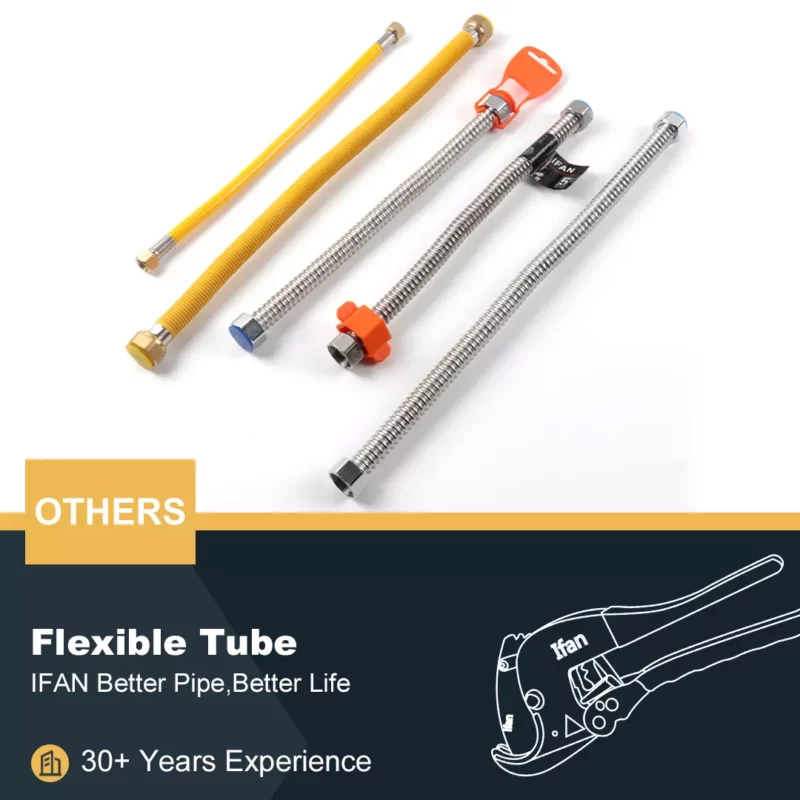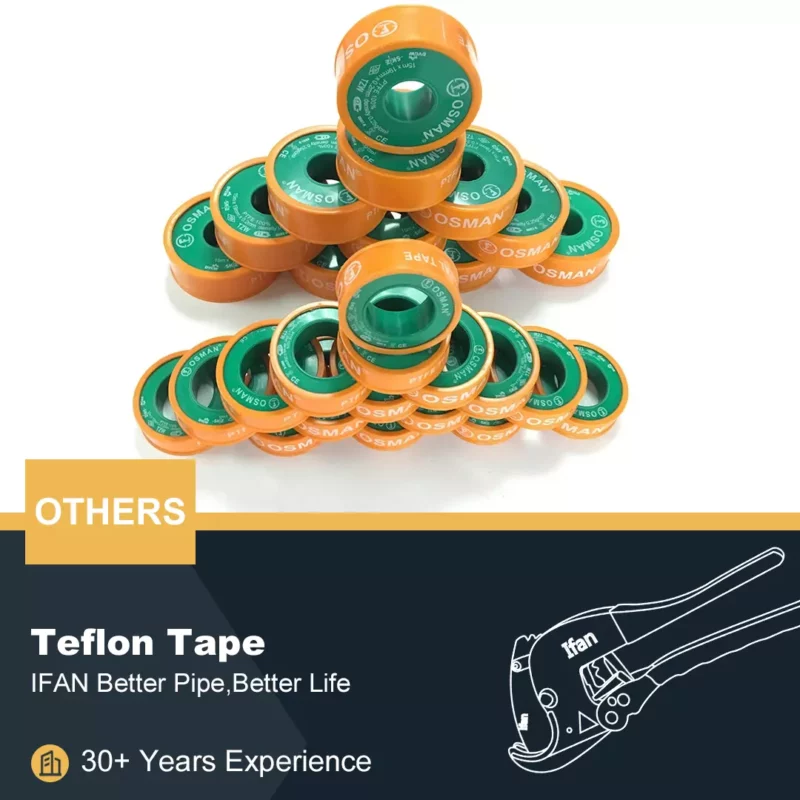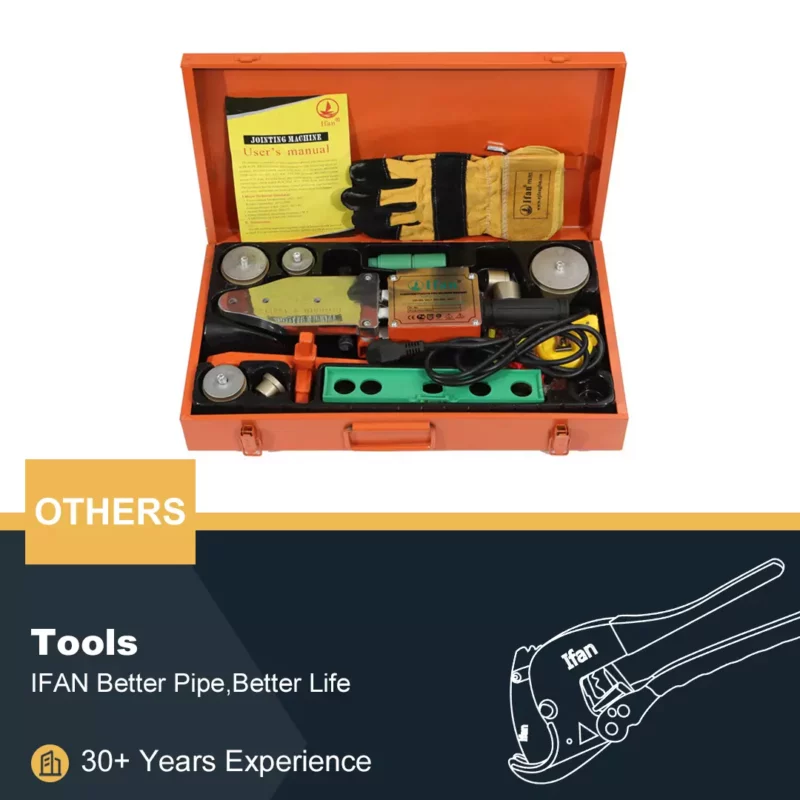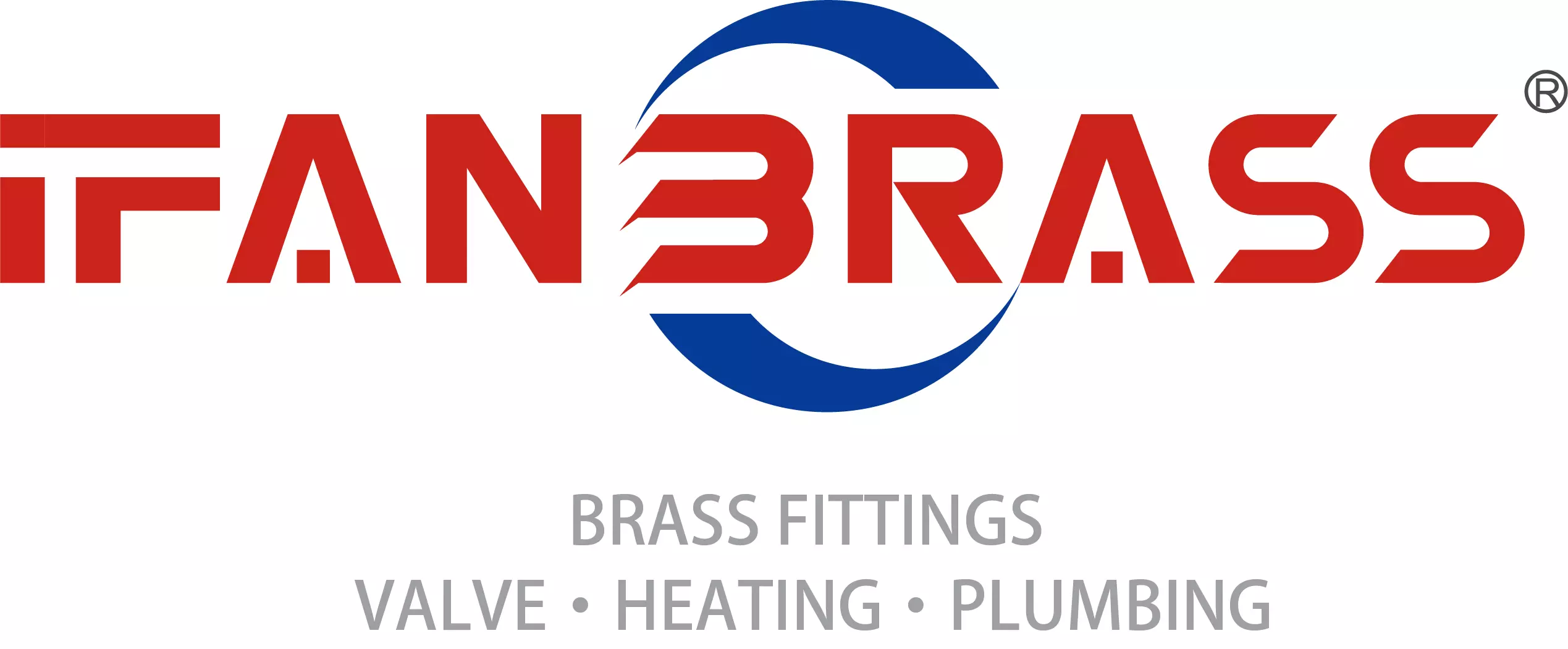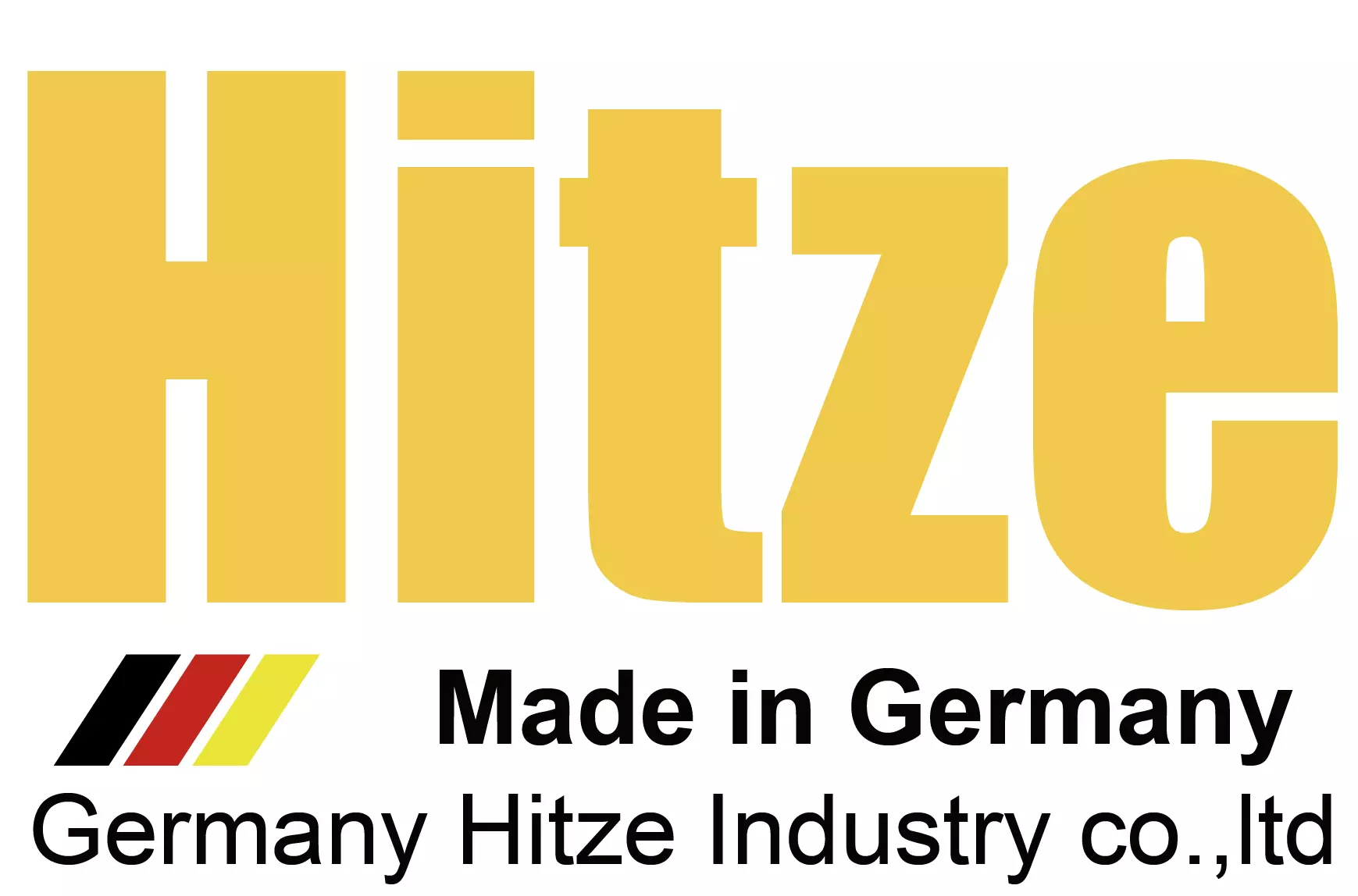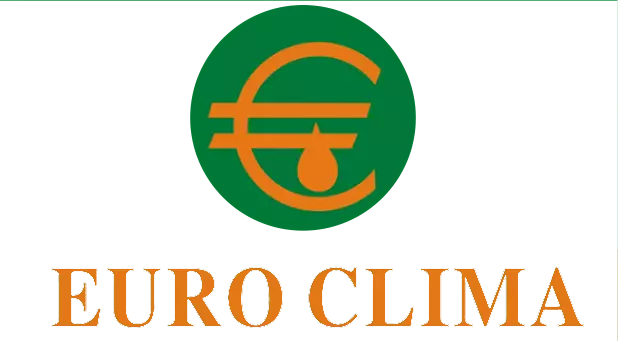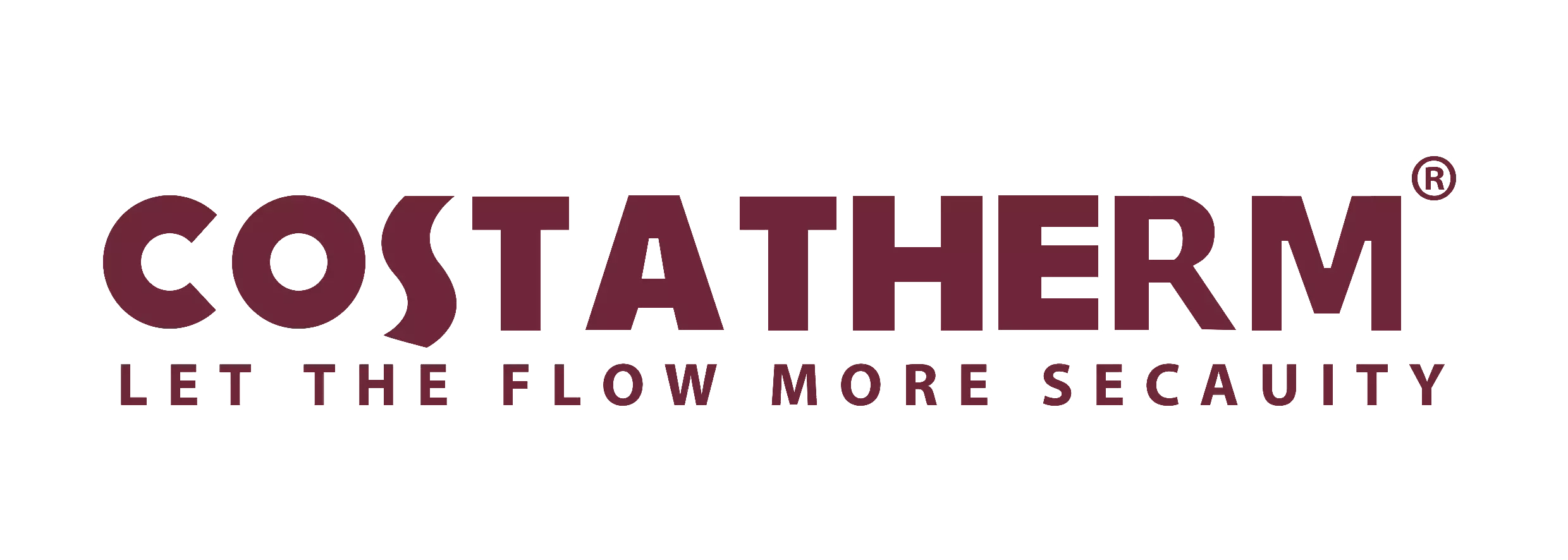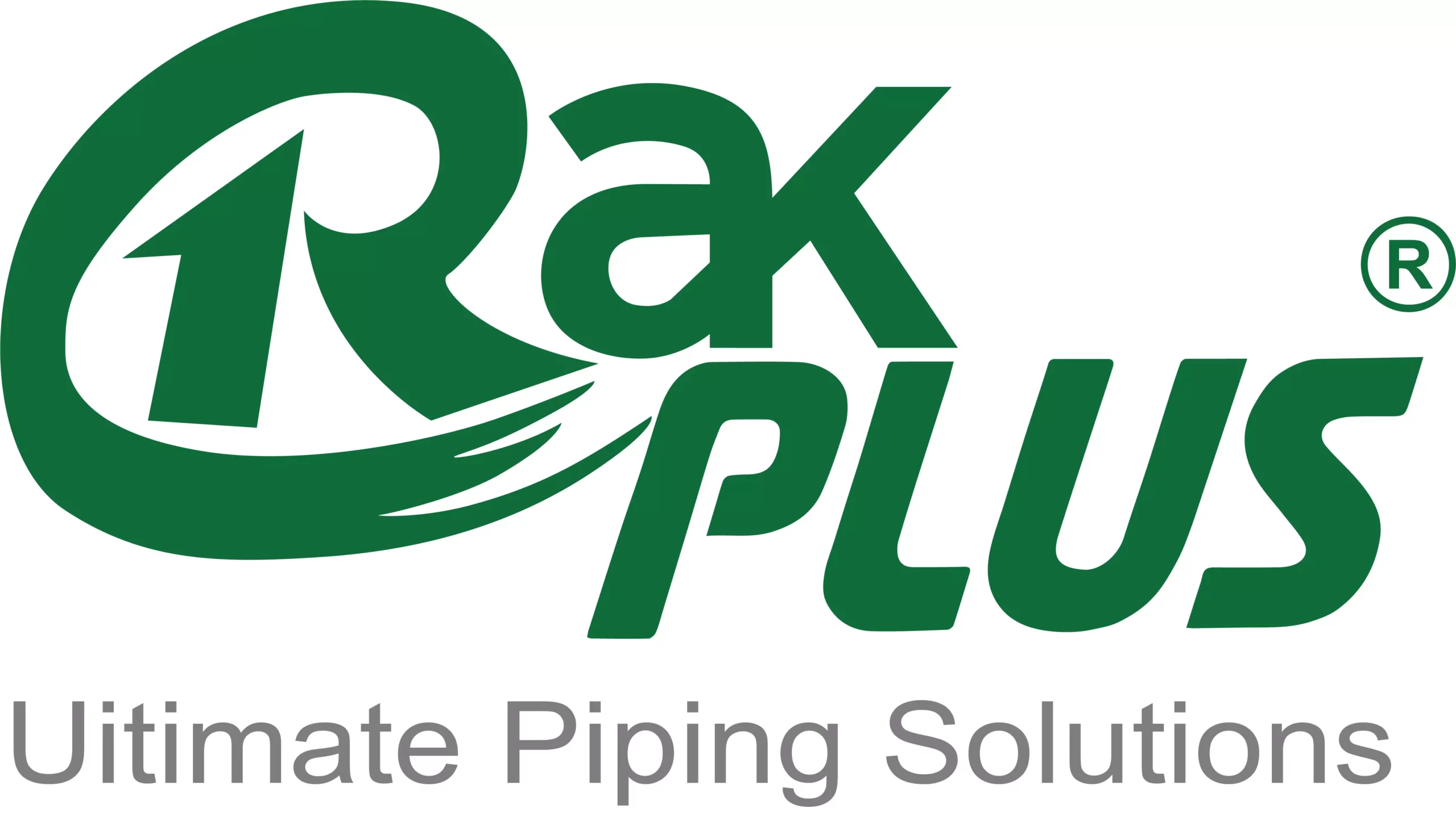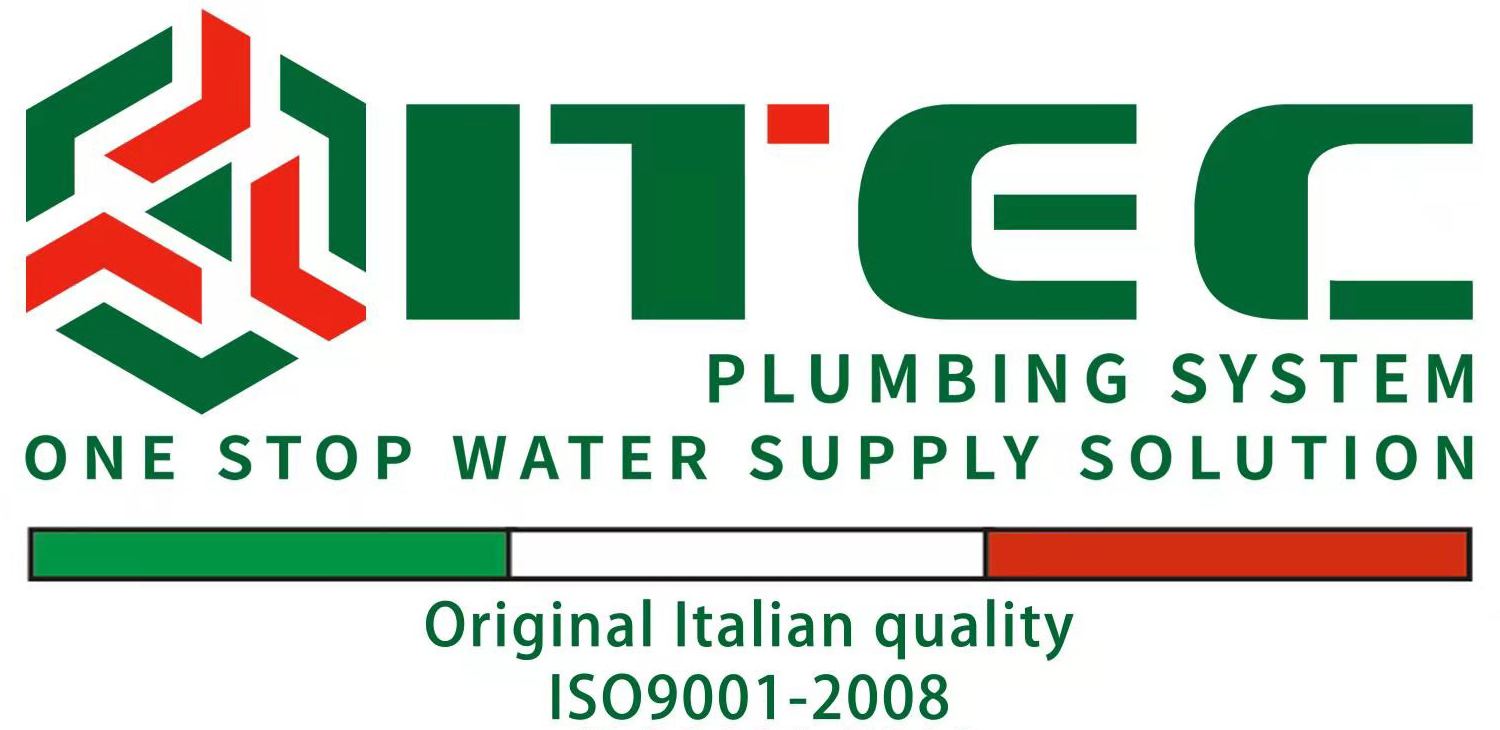UPVC Tee is a crucial component in various piping systems. Its adaptability makes it suitable for multiple applications. Understanding its versatility helps industries choose the right materials for their projects.
Material Properties
UPVC, or unplasticized polyvinyl chloride, is known for its durability. It resists corrosion, making it ideal for both water and wastewater applications. For example, in chemical processing plants, UPVC Tee can withstand harsh chemicals. This resistance extends the lifespan of the piping system, reducing replacement costs.
Moreover, UPVC is lightweight compared to metals. This feature simplifies transportation and installation. Workers can easily handle UPVC Tee without special equipment. This ease of use promotes quicker project completion.
Applications in Water Supply
One of the primary uses of them is in water supply systems. It efficiently connects pipes at various angles. For instance, in residential plumbing, it helps distribute water to different areas of the home.
In municipal water systems, UPVC Tee plays a vital role. It connects main pipelines to smaller distribution lines. This ensures consistent water flow and pressure. Many municipalities prefer UPVC due to its low maintenance needs.
Wastewater Management
UPVC Tee is also critical in wastewater management systems. Its corrosion resistance allows it to handle sewage and industrial waste effectively. For example, in treatment plants, UPVC Tee directs wastewater to processing units. This functionality is essential for maintaining a clean environment.
The ability to resist high pressure adds to its reliability. During peak flow conditions, UPVC Tee can manage heavy loads without failure. This resilience is vital for preventing leaks and system breakdowns.
Compatibility with Other Materials
Another advantage of them is its compatibility with various piping materials. It can connect to metal, PVC, or other plastic pipes. This feature is crucial during system upgrades or repairs. For instance, if a metal pipe needs replacement, UPVC Tee can easily connect to the remaining metal piping.
This flexibility allows engineers to design more efficient systems. They can choose the best materials for each section without worrying about compatibility issues. This adaptability improves overall system performance.
Installation Benefits
Installing UPVC Tee is straightforward. The lightweight nature allows for easier handling and reduced labor costs. Additionally, it requires fewer tools than traditional metal fittings. For example, solvent cement is often used for connections, simplifying the process.
This ease of installation is beneficial for large-scale projects. Contractors can save time and resources, leading to faster project completion. Faster installation reduces the overall project cost, making UPVC Tee an economical choice.
Long-Term Cost Efficiency
Although the initial cost of them might be higher than some alternatives, its long-term benefits are significant. The durability and low maintenance requirements lead to lower lifetime costs. For instance, in a commercial setting, less frequent replacements save money over time.
Moreover, the energy efficiency of UPVC in temperature regulation can reduce heating costs. In hot water systems, the insulation properties of UPVC minimize heat loss. This efficiency translates into further savings for end-users.
Environmental Considerations
UPVC Tee is also environmentally friendly. It is 100% recyclable, reducing its impact on landfills. Many manufacturers have recycling programs that ensure old pipes are processed correctly. This aspect aligns with global sustainability efforts.
Additionally, the production of UPVC consumes less energy than metal alternatives. This lower energy footprint is another reason why industries are shifting to UPVC solutions.
Case Studies and Real-World Examples
Several industries have successfully implemented UPVC Tee in their operations. For example, in a major city’s water supply project, engineers chose UPVC Tee for its reliability. They reported fewer maintenance issues and extended lifespan compared to metal fittings.
In another case, a chemical plant utilized UPVC Tee for its corrosion resistance. This choice led to significant cost savings over time, as maintenance requirements decreased. These real-world examples highlight the practical advantages of using UPVC Tee.
IFAN International Standard for PVC Tubing
IFAN’s PVC products adhere to a wide range of international standards, ensuring they meet the highest quality and performance criteria. These standards include BS 3505, BS 4346, ASTM D1785 SCH40, ASTM D1785 SCH80, DIN, GB, DWV, ASTM D2665, ASTM D2241, ASTM D2665, ASTM D2729, ASTM F441/F441M, ISO 1452 series, EN ISO 1452, DIN 8061/8062, GB/T 10002 series, AS/NZS 1477, JIS K6741, CSA B137.3, NSF/ANSI 14, and TIS 17-2532/1131-2535. Compliance with these standards ensures that IFAN’s PVC pipes and fittings deliver consistent performance, safety, and reliability in a variety of applications globally.
Conclusion
In summary, UPVC Tee demonstrates strong adaptability across various applications. Its material properties, ease of installation, and long-term cost efficiency make it a preferred choice. As industries continue to seek sustainable solutions, the role of them will likely expand.
By understanding its versatility, engineers and contractors can make informed decisions. UPVC Tee not only enhances system performance but also contributes to environmental goals. Its widespread adoption is a testament to its effectiveness and reliability in modern piping systems.
If you have read this article and have any questions, please feel free to contact IFAN. Below is our contact information:
Whatsapp:+86 13373827623
Email:[email protected]

